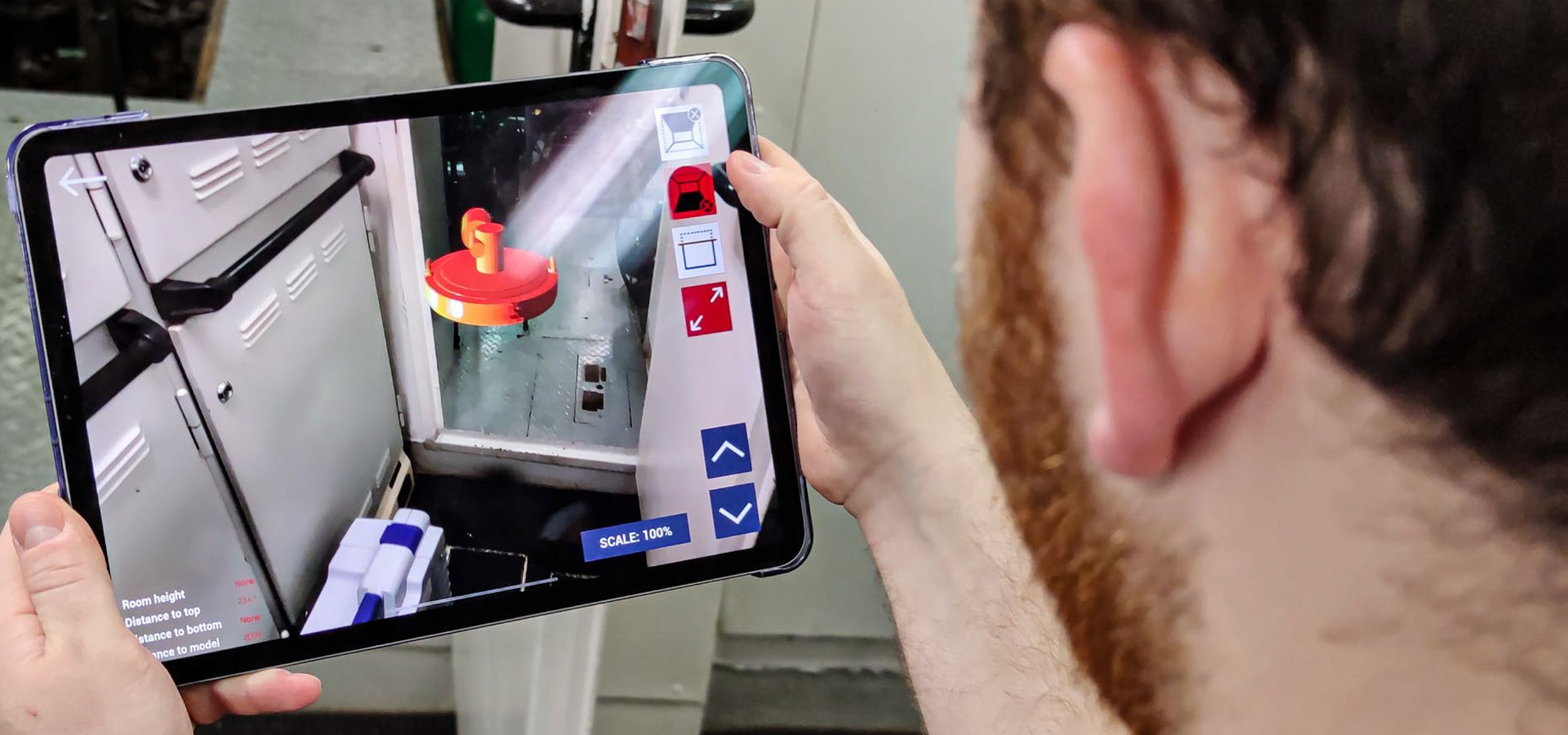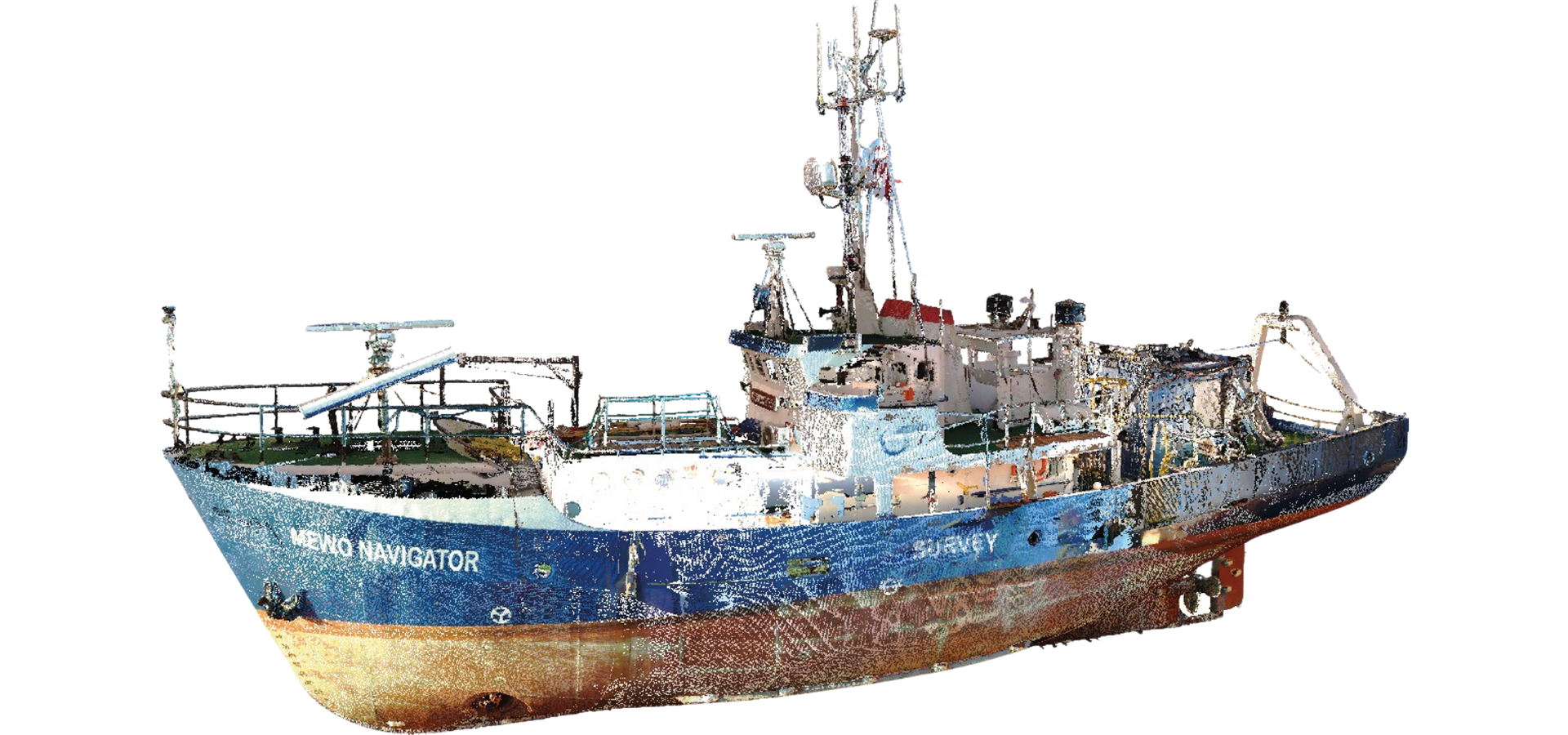Digital Twin
is a virtual replica of physical devices. Data scientists and computer experts can use them to conduct simulations before building and implementing real-world devices. They also transform the optimization of technologies such as the Internet of Things, analytics, and artificial intelligence.




